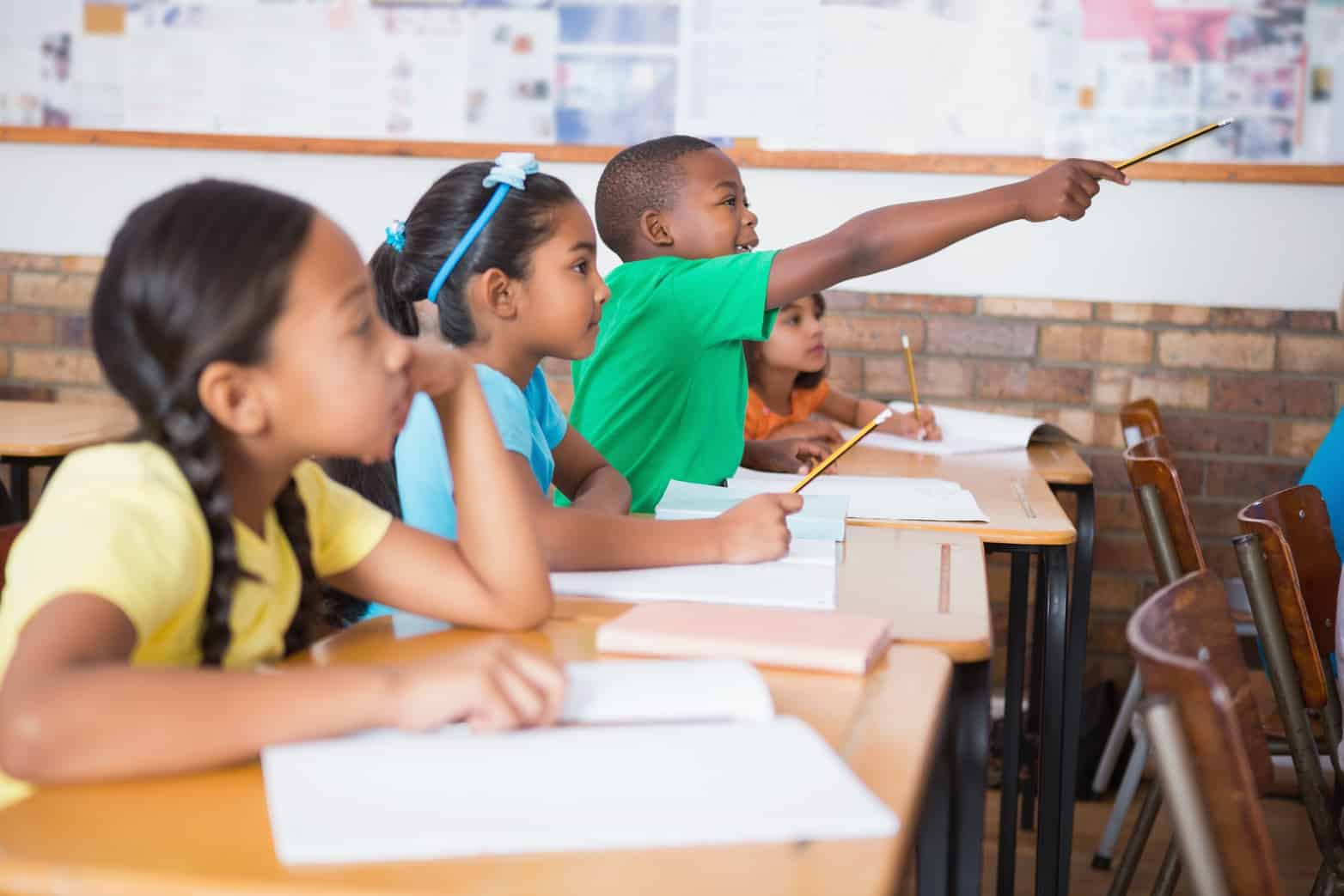College and career readiness standards are a set of high-quality academic standards in mathematics and English language arts (ELA) that define clear and consistent K-12 learning goals for students in order to graduate high school prepared to succeed in college, entry-level careers, and life. Instruction aligned to career and college readiness standards has the potential to ensure academic success. Regardless of a plethora of resources available to educators to support the implementation of college and career readiness standards, many students are not demonstrating mastery of these standards. In 2022, average reading scores in fourth and eighth grades each decreased by three points from 2019, and average math scores in fourth and eighth grades decreased by five and eight points, respectively.
Gloria Ladson-Billings uses the term “culturally relevant pedagogy” to describe an approach to teaching that is comprised of three pillars: academic success, cultural competence, and sociopolitical consciousness. Culturally relevant pedagogy implores the use of sociopolitical consciousness as well as cultural competence to support the most efficacious approach to teaching students, especially students from diverse backgrounds. The use of cultural competence lays the foundation for learning to occur by setting high expectations for learning the content, and the use of sociopolitical consciousness creates the relevance needed for students to connect with the content. Unlike college and career readiness standards, culturally responsive pedagogy still needs to be demystified for many practitioners, and there are not many resources available to support educators in actualizing culturally responsive pedagogy.
Too often when we consider supporting diverse learners in mastering college and career readiness standards, we hear about academic strategies such as flexible grouping, intervention periods, scaffolding, etc. What would happen if we considered how to intentionally foster independent learners, how to create a sense of belonging for students in our classrooms, or how to build student agency into the learning process? These more adaptive and emotional layers of the learning process are often not included in conversations around college and career readiness standards.
Zaretta Hammond developed the Ready 4 Rigor Framework, which details the need for educators to have awareness, build information processing, cultivate learning partnerships, and create a community of learners to enact culturally responsive pedagogy in their classrooms. Awareness consists of educators understanding how their own life experiences and membership in various identity groups influence their beliefs and actions. Not having a sense of awareness can result in educators unwittingly internalizing biases that shape their instruction and their interactions with students, families, and colleagues. Having awareness will allow for educators to build their cultural competency by gaining understanding, sensitivity, and appreciation for the history, values, experiences, and lifestyles of their students. Information processing consists of educators helping students make connections with new content using methods from oral cultural traditions. Oral cultural traditions are the primary way of knowledge transfer and meaning-making in diverse cultures, so strategies like cooperative learning, gamifying content, and storifying content help students make connections with new content. Cultivating learning partnerships requires the educator to build relationships with students and eliminate barriers to learning such as fixed mindset and social-emotional stress. Finally, the last strand in Hammond’s framework is creating a community of learners. This strand advocates for educators to collaborate with students to create classroom routines and rituals that foster safe spaces for learning.
Overall, the conditions for learning have to be created to ensure that students are primed to engage in productive struggle and master college and career readiness standards. These learning conditions, which embody culturally responsive pedagogy, can be fostered by educators. The implementation of these learning conditions can empower educators to ensure ALL learners graduate from high school prepared to succeed in college.
















